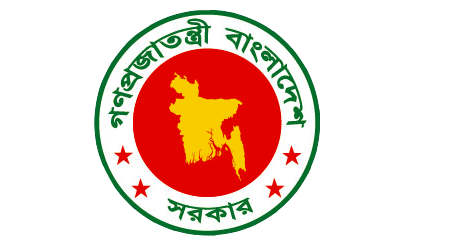In the last decade, social protection has emerged as a policy framework employed to address poverty and vulnerability in developing countries. This report has two main aims: to provide an overview of social protection, and to provide an assessment of its potential contribution to addressing poverty and vulnerability in developing countries.
Section 1 provides some preliminary definitions and tracks the emergence of social protection as a policy framework against a context of poverty and vulnerability trends in the 1980s and 1990s. Rising poverty and vulnerability following the 1980s in Latin America—known as the “lost decade”—the financial crises in 1997 in Asia and the rapid economic transformation in transition economies demonstrated the need to establish strong and stable institutions directly concerned with reducing and preventing poverty and vulnerability. Social protection provides a policy map, linking policy interventions to an understanding of poverty and vulnerability as multidimensional and persistent.
Section 2 reviews poverty and vulnerability concepts and measures. It pays particular attention to the growing influence of multidimensionality in poverty analysis. Duration and dynamics are important dimensions of poverty and contribute to an understanding of vulnerability, which is the likelihood that individuals or households would be in poverty in the future. Research into multidimensional aspects of poverty and vulnerability has made a very important contribution to the development and formulation of social protection.
Section 3 examines different approaches to social protection and traces them to underlying development perspectives. There are different versions of social protection, emphasizing either risk, rights or needs as the organizing concept. However, they all share common ground, an important feature of which is the broader developmental role of social protection in developing countries and its focus on (extreme) poverty reduction. This discussion opens a window on the conceptual and ethical bases of social protection.
Section 4 examines trends and key issues in the development of social protection programmes and policies in developing countries. The focus of this section is on social assistance, as the component of social protection which addresses poverty most directly, but reference is made where relevant to the other components of social protection, social insurance and labour market regulation. The extension of social protection in developing countries has focused on social assistance, as opposed to social insurance or labour market regulation. The section then traces the main features of regional pathways in the development of social protection and assistance, contextualizing the analysis of the resulting social protection programmes.
In the last decade and a half, there has been a great deal of innovation in social assistance programmes, and a marked increase in their reach. Regular and reliable social assistance programmes based around income transfers, but increasingly combining access to basic services and investment in human development, now reach a significant proportion of those in poverty in the South. Social assistance programmes are classified into four categories: (i) pure income transfers; (ii) income transfers conditional on work; (iii) income transfers conditional on investment in human capital; and (iv) integrated poverty reduction programmes. The section discusses key features and objectives of these categories of programmes. Where impact evaluation results are available, they show that new forms of social assistance have reduced poverty and raised human development.
The extension of social protection in developing countries will require overcoming a number of constraints, which are more acute for low-income countries. Among these constraints is finance—a key barrier to the extension of social protection. The issue is long-term sustainability, as developing countries are not in a position to finance the extension of social protection through payroll taxes that was crucial to the emergence of the welfare state in developed countries. Alternative forms of resource mobilization will be needed. Capacity constraints are a problem in low-income countries, but this is a more tractable issue than finance.
The final section summarizes the main points and discusses possible linkages to wider institutional models. Examining the implications of following different social protection pathways to reduce poverty and vulnerability and to establish long-term social protection institutions remains an urgent question to be tackled by researchers. The likely impact on poverty and vulnerability of the extension of social protection under way in developing countries is not in doubt. Investment in social protection and social assistance can be extremely effective in reducing current poverty and vulnerability, as well as poverty persistence across time and generations. Countries with stronger social protection and assistance institutions show lower rates of poverty and vulnerability, and are more resilient in the face of economic and social transformation.
Armando Barrientos is Professor and Research Director at the Brooks World Poverty Institute, School of Environment and Development, University of Manchester, United Kingdom.



